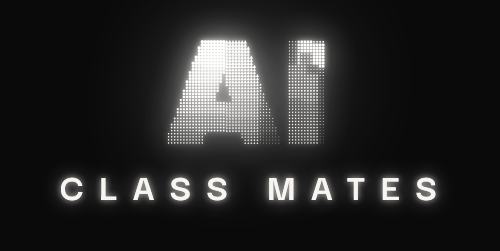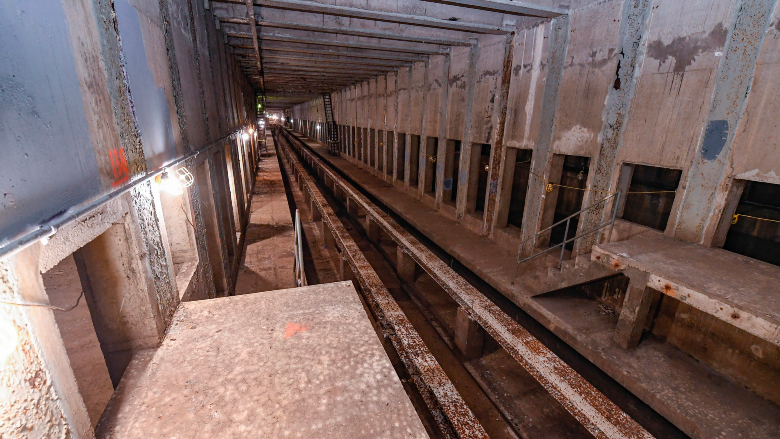Introduction
In East Harlem, a neighborhood known for its deep cultural roots and tight-knit communities, families are grappling with sudden upheaval. The Metropolitan Transportation Authority (MTA) is moving forward with Phase 2 of the Second Avenue Subway project, a $7.7 billion plan to extend the Q line further into East Harlem.
While the expansion promises faster transit and greater connectivity for residents in one of Manhattan’s long-neglected areas, it comes at a high human cost.
Families and small business owners alike are facing displacement, some with as little as 90 days’ notice to vacate their homes and storefronts.
The story of the Diego family illustrates the personal toll of this massive infrastructure project. Having lived on East 116th Street and Second Avenue for years, they recently received a formal “90-Day Residential Vacancy Notice” from the MTA.
While relocation assistance was offered, the options provided were either unaffordable or simply unavailable. The tension between city planning goals and the lived realities of residents has sparked a wider debate about the ethics and human impact of eminent domain in urban development (Gothamist).
The Human Impact of Eminent Domain
Eminent domain, a legal tool that allows governments to seize private property for public projects, requires fair compensation for displaced owners.
However, for many East Harlem residents, “fair” compensation does not translate into an easy transition. Beyond the financial stress, displacement disrupts social networks, local schools, and community life that has been built over decades.
For families like the Diegos, the process is emotionally draining. They have relied on subletters to offset rent, and now the apartments suggested by the MTA exceed their budget, leaving them in an uncertain position.
This disruption extends beyond private residences. Small businesses, such as Tile Stone, a family-run construction supply company, face existential threats.
Owner Lu Nicaj expressed that the seizure of his lot under eminent domain makes continuing operations nearly impossible, despite having adjacent properties that remain untouched.
Even with relocation funds set aside by the MTA in prior projects, practical options for local businesses to relocate nearby are limited, threatening both livelihoods and the local economy (New York Post).
The tension between progress and preservation highlights a recurring dilemma in urban development: the desire to expand and modernize infrastructure often conflicts with the stability and identity of long-standing communities.
While the subway expansion is intended to benefit the larger public, the immediate cost for affected residents and entrepreneurs can be profound.
The Promise and Challenges of the Subway Expansion
Despite the displacement, the Second Avenue Subway expansion holds considerable promise for East Harlem. The new stations at 116th and 125th Streets will bring faster, more direct transit options to a community that has historically been underserved.
Governor Kathy Hochul emphasized that the project is a priority, highlighting that the benefits of improved connectivity and reduced travel times could be transformative for residents and local commerce (CBS News).
Yet, these promises come with substantial challenges. Construction is projected to last years, and the initial phase of displacement has already caused significant stress.
The MTA has approved a $1.9 billion contract to begin tunneling and building new stations, with trains expected to reach East Harlem by 2032. While the end goal is a modernized, efficient subway line, residents and business owners are left grappling with the immediate consequences.
The contrast between long-term gains and short-term losses is stark and raises questions about the balance between city planning ambitions and human impact.
Navigating Displacement: Tips for Residents
For residents facing eviction, preparing early and understanding rights can make a difference. Knowing the legal framework around eminent domain and tenant protections is crucial.
Organizations like the Legal Aid Society and the New York Civil Liberties Union provide guidance to residents navigating this difficult period.
Documentation is essential; keeping records of all correspondence and notices from the MTA helps residents build their case if compensation or relocation options become contested.
Relocation assistance, though offered, is not always straightforward. Residents must verify that proposed options are both accessible and affordable.
Engaging with local community organizations such as East Harlem Preservation or the Northern Manhattan Improvement Corporation can provide additional support and advocacy.
Legal counsel specializing in tenant and eminent domain cases can also help families understand their rights and ensure fair treatment throughout the process.
The Social and Cultural Cost
The impact of the subway expansion goes beyond finances. Displacement threatens the social fabric of East Harlem, a neighborhood rich in cultural history and tight-knit networks. Residents often form strong bonds with neighbors, schools, and local businesses.
When families are forced to relocate, these social structures are disrupted, leaving communities fragmented. Small businesses, which often rely on neighborhood foot traffic and long-term clientele, may struggle to survive or be forced to close entirely.
These consequences are rarely accounted for in cost-benefit analyses of urban infrastructure projects, yet they carry profound implications for quality of life and community identity.
Moreover, the mental and emotional stress of forced relocation cannot be underestimated. Families face the challenge of finding suitable housing quickly, moving possessions, and adjusting to unfamiliar neighborhoods—all while processing the loss of familiar surroundings.
For children, this can mean changing schools, losing friends, and adapting to new environments, which may have long-term educational and social consequences.
Balancing Progress with Community Needs
Urban development often requires a delicate balancing act. On one hand, the Second Avenue Subway promises significant public benefits, including reduced congestion, faster commutes, and improved access to Manhattan’s broader transit network.
On the other hand, these gains come at the cost of the community’s stability. Advocates argue that more robust compensation, better relocation planning, and stronger protections for tenants and small businesses could help alleviate some of the negative effects of displacement.
Transparent communication between the MTA, city planners, and affected residents is essential to foster trust and ensure that development projects do not disproportionately harm the most vulnerable.
Community engagement is equally important. Including residents in planning decisions, offering input on relocation options, and providing support services can help mitigate some of the social disruption caused by such projects.
While the subway is a vital public resource, the process of building it should consider not only economic efficiency but also human impact.
Lessons for Urban Planning
The East Harlem case illustrates broader lessons for cities pursuing major infrastructure projects. Rapid urban development can have unintended consequences if social, cultural, and economic factors are overlooked.
Successful planning requires integrating community needs with project goals, ensuring that residents are not simply treated as obstacles to progress.
In practice, this could involve early consultation with affected communities, flexible timelines for relocation, and more substantial support for those facing displacement.
Furthermore, this situation underscores the importance of transparency and accountability in large-scale projects. Residents should have access to clear information about timelines, compensation, and relocation resources.
Providing robust legal and social support is not just a moral imperative; it is also practical, as it can reduce delays, disputes, and negative publicity, helping projects proceed more smoothly.
Conclusion
The Second Avenue Subway expansion represents both opportunity and upheaval for East Harlem. On one side, it promises modernized transit, shorter commutes, and improved access to Manhattan.
On the other, it displaces families and businesses, threatening the social and economic fabric of the community. For residents facing 90-day eviction notices, the experience is deeply disruptive, highlighting the tension between public infrastructure needs and individual rights.
As New York City continues to grow and modernize, it must balance development with compassion, ensuring that those who have long called neighborhoods like East Harlem home are not left behind.
Through community engagement, legal protections, and comprehensive relocation support, urban projects can achieve their goals without sacrificing the well-being of the communities they are meant to serve.
By documenting experiences, seeking legal and community support, and advocating for fair treatment, residents can navigate the difficult road ahead while helping to shape a more equitable vision of urban development.
Sources
Gothamist: East Harlem Families Facing Eviction by MTA to Make Way for Second Ave Subway
New York Post: $7.7B Second Avenue Subway Expansion Will Put NYC Store Out of Business After 30 Years, Owner Claims
CBS News: With New York’s 2nd Avenue Subway Expansion, Eminent Domain Will Force Dozens to Move
Legal Aid Society: Tenant Rights
New York Civil Liberties Union: Tenant Protections
East Harlem Preservation: Community Advocacy
Northern Manhattan Improvement Corporation: Housing Services








